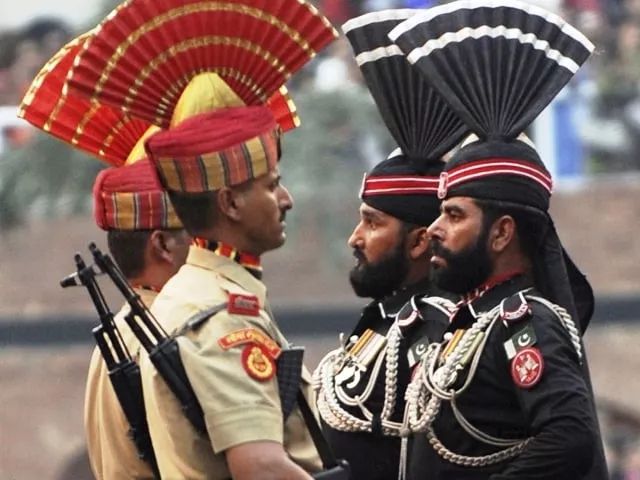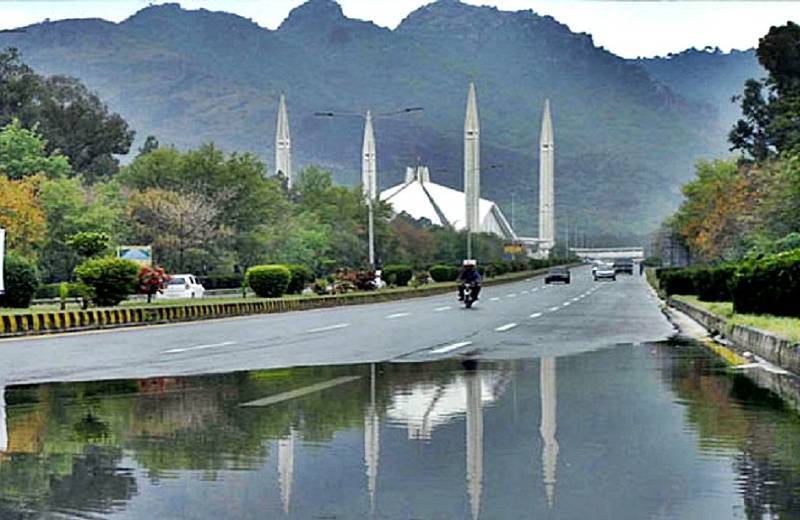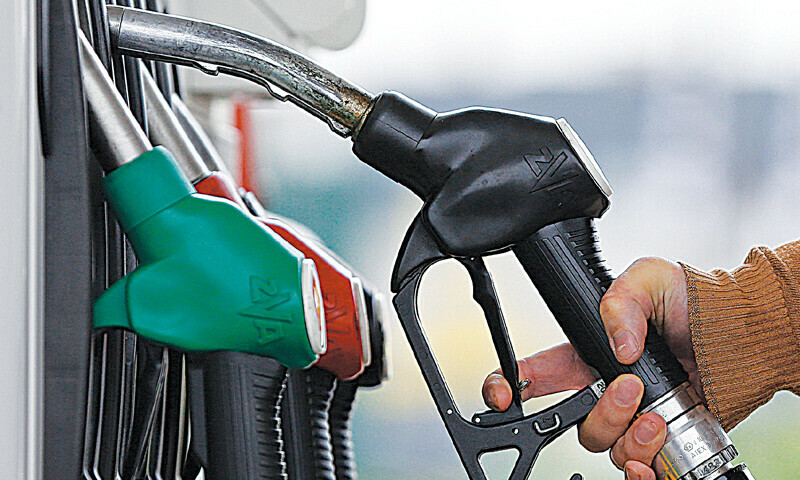A deadly attack on tourists in Indian Illegally Occupied Jammu and Kashmir (IIOJK), which claimed 26 lives, has intensified already fragile relations between India and Pakistan, raising fears of a potential military confrontation in the region.
Pakistan has warned that it possesses intelligence suggesting India may initiate military action, sparking regional and international concern. With both nations being nuclear-armed and historically at odds over Kashmir, the stakes are high.
To understand the balance of power, a comparison of military capabilities — sourced from the London-based International Institute for Strategic Studies (IISS) — highlights the significant differences and similarities in their defense structures.
Personnel Strength
India’s military is notably larger, with around 1.4 million active personnel. This includes:
-
Army: 1,237,000
-
Navy: 75,500
-
Air Force: 149,900
-
Coast Guard: 13,350
Pakistan fields a smaller force of nearly 700,000 personnel:
-
Army: 560,000
-
Air Force: 70,000
-
Navy: 30,000
READ MORE: Scotland Cancels Pakistan Women’s Cricket Series Due to Budget Issues
Ground Forces
India holds the upper hand with 3,740 main battle tanks and 9,743 artillery units, compared to Pakistan’s 2,537 tanks and 4,619 artillery pieces.
Air Power
India operates 730 combat-ready aircraft, while Pakistan maintains a fleet of 452 combat-capable planes.
Naval Capabilities
India also has superior naval strength, including:
-
16 submarines
-
11 destroyers
-
16 frigates
-
2 aircraft carriers
Pakistan’s naval fleet consists of:
-
8 submarines
-
10 frigates
-
No aircraft carriers
Nuclear Capabilities
Despite disparities in conventional forces, both countries have near-equal nuclear arsenals: India with 172 warheads and Pakistan with 170.
As international observers call for restraint, the presence of nuclear weapons on both sides continues to serve as a powerful deterrent — yet also underscores the grave risks of escalation.




